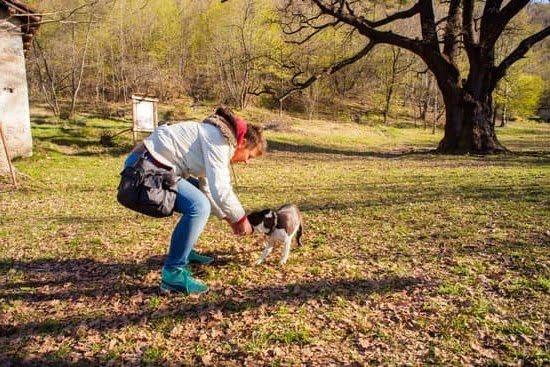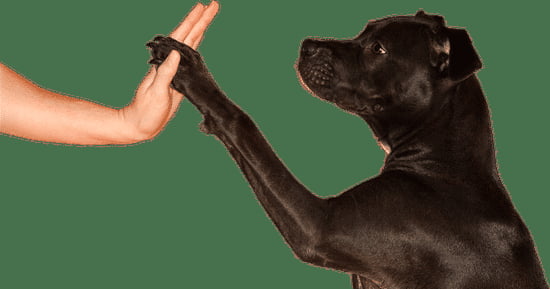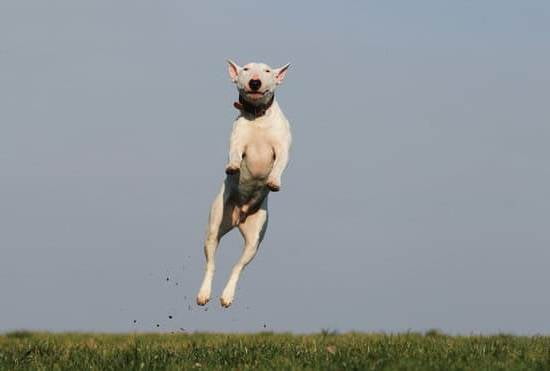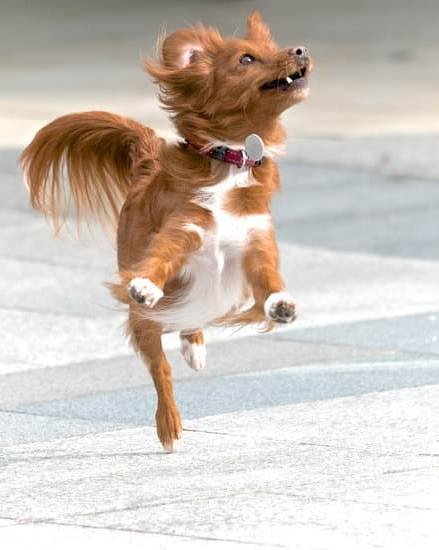Introduction
When it comes to potty training our canine friends, there are generally two main approaches: outdoor potty training and indoor potty training. Outdoor potty training is the traditional method where pet parents take their dogs for daily walks, allowing them to do “business” outdoors in areas far from home. This method eliminates the need for dealing with any messes indoors, which is one of its primary benefits. Indoor potty training, meanwhile, involves teaching a dog how to use a litter box or pee pad inside the house. This can be more convenient than going outdoors but can also require more effort on the part of the pet parent in terms of setup and maintenance.
One of the most common ways to train a dog to use an indoor litter box involves offering positive reinforcement every time they successfully do their business in the box. This could include giving them treats and verbal praise right afterwards, or petting them gently and showing affection when they approach the litter box correctly. Along with rewards for good behavior, pet owners should also aim at preventing accidents by ensuring that the box is properly maintained with fresh litter and kept away from any areas where a pup may want to mark as his own territory. Additionally, teach your pups to recognize verbal commands associated with using their litter box such as “go poop” or “go pee” so you can help steer them in the right direction if you observe that they need to go while inside. Finally, keep your patience level high throughout this process; success will always come easier and quicker when both pup and parent are relaxed and having fun during each stage of learning!
Supplies Needed to Start
Training a dog to use a litterbox requires patience and consistent training. To get started, it is important for the owner to have all the supplies needed before beginning. Depending on the size of the dog and how much space you have available for the box, suggested supplies include: one or more appropriately sized litter boxes with low sides, a scoop to remove solid waste from the litter, fresh non-clumping litter (unscented if possible), rubber gloves to empty and clean out the box regularly, and puppy pads that can be placed inside the box. It is also important to provide ample positive reinforcement during training such as treats or praise. Owners should start by placing their puppy in the box after meals and whenever they seem like they may need to go – following each potty episode with lots of praise and/or treats. With time, consistency, and patience your pup will learn that this is their designated potty spot.
Setup
When setting up the litter box, it’s important to take into account the height and size of your dog. You’ll want to position the litter box in an easy-to-access place for the dog. If your dog is tall, you may need to put a platform or steps near the litter box so that they can easily enter without straining themselves. If your puppy is a small breed, make sure the sides of the litter box are low enough for them to climb into without help. Consider also how much room you have available. The litterbox should be big enough for the dog to turn around comfortably inside and should not be too cramped. Additionally, you may need to add an additional layer of padding or newspaper around the edge of the litterbox for extra comfort. You can also purchase a special odor control litters designed to contain pet odors, as well as larger-hole options which will make it easier for dogs with larger paws to move around in without getting tracking out through their claws. Finally, try playing with your pup near the box so they start associating it with fun activities rather than something unpleasant they must do!
Introduction of Your Dog to the Litterbox
1) Place the litter box in an area of your home where your dog spends a lot of time. It should be accessible but not too close to food and water bowls.
2) Reward your pet with treats whenever they go near the litterbox, whether it is to lie beside it or sniff around its contents. This will help create positive reinforcement that going near the litterbox is desirable behavior.
3) Put poop in the litterbox to attract your dog. As they start sniffing it, reward them with treats again.
4) Introduce some toys into the litterbox so that your pup can explore it and become familiar with it.
5) Provide rewards when he uses the potty; this will help instill good toilet habits on his own terms.
6) If necessary, lead your pup by gently placing their head against the edge of the litter box and encouraging them to have a look inside. Make sure to offer praise as soon as they do so!
Training Cues
When it comes to training your dog to poop in a litter box, setting cues is an effective way to establish a consistent and routine habit. Verbal cues such as saying “Go potty” or “Go peepee” can serve as reminders that it is time for the activity. Additionally, physical cues like standing in front of the litter box and leading your pup towards it can also be effective. As always with any type of training, consistency is key and rewarding desired behavior with treats help encourage progress. Furthermore, choosing an area or spot in which you house the litterbox can help create familiarity between your pet and their toileting habitat.
Establishing the Litterbox Routine
When it comes to establishing a litterbox routine for your dog, it is important to create a consistent schedule. You should refill the box with new litter once a week or as needed. If the litter starts to smell particularly bad or you see any stray clumps in the box, it is probably time to change it right away. When refilling the box, use clumping litter (clay-based or paper-based). Avoid any kinds of scented litters or chemical additives, as this could potentially trigger allergies in your pet. Additionally, make sure to provide plenty of ventilation in the room where you keep the litterbox and that there are no other sources of strong odors which may interfere with your puppy’s instincts when using the box. With consistency, patience and positive reinforcement, your puppy will soon understand that pooping in the box is normal and preferred over other surfaces in your home.
Rewards
Start with Your Litterbox Set-Up – Setting up the litter box and choosing the correct type of litter is key when you first start to train your dog to poop in a litter box. Choose a comfortable spot that is easy for your pet to access, provide sides or barriers to help reduce messiness, and select an appropriate litter that your dog will feel comfortable using. You also want to make sure to use a large enough container that allows sufficient room for your pet.
Establish a Routine – To get your pet used to doing their business in the litter box, it’s important to establish a regular routine. Tie meal times and exercise periods into this routine so that your pet has an agenda and knows it’s time for them to go poop if they haven’t done so already. Keep these consistent each day so that your pet always knows when you expect them to do their business.
Reward Good Behavior – Use praise or treats as small rewards when they go to the bathroom in the right place. It’s important not to scold your pet if they make mistakes as this could have an adverse effect on their progress. Instead, reward good behavior with positive reinforcement whenever possible and identify any signs that indicate when your pet is about to go so you can encourage them in the right direction by bringing them over to the designated area quickly.
Pitfalls to Avoid
One common mistake that people make when trying to litter box train their dogs is neglecting to address the dog’s territorial marking behaviors. Some dogs have a tendency to urinate or defecate around their home as a way of establishing their “territory.” While this behavior isn’t necessarily a bad thing (it’s normal for animals to mark territory) it can become an issue if the dog begins using its litter box to mark his or her territory as well.
In order to avoid this issue, it is important to use positive reinforcement techniques and redirection methods whenever your dog displays territorial marking behavior. Whenever you observe your pup engaging in this type of behavior, remove them from the area and redirect them towards acceptable forms of marking such as tugging on chew toys or scratching post. Once your pup engages in a more desirable activity, reward them with treats and praise so that they understand which behaviors are accepted in your home.
Conclusion
Persistence and consistency are key to training a dog to use a litter box. Every day, take your dog outside to the same spot where their litter box will be, but if they don’t go there it is important that you remain patient and understanding of the process. It may take multiple attempts the same day, or even several weeks before success occurs. Additionally, if at any moment your dog does make an attempt on or nears the litter box positively reinforce them for doing so. This could look like praising them verbally or treating them with a small food reward for having gone in the right area and direction. Positive reinforcement is essential to any successful dog training experience.
It is also important to note that regardless of how long your training takes – patience and persistence are key! Dogs learn best when they know they can trust their owners, so it is vital your pup knows that you understand this process and have faith that they will eventually accomplish it with time and effort. After your pup learns how to potty in the litter box, not only have ears won easy clean-up for yourself, but also strengthened their relationship with you as well as their confidence in knowing what is expected of them!

Welcome to the blog! I am a professional dog trainer and have been working with dogs for many years. In this blog, I will be discussing various topics related to dog training, including tips, tricks, and advice. I hope you find this information helpful and informative. Thanks for reading!





